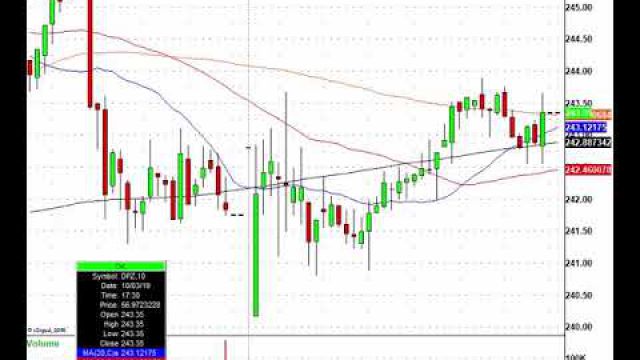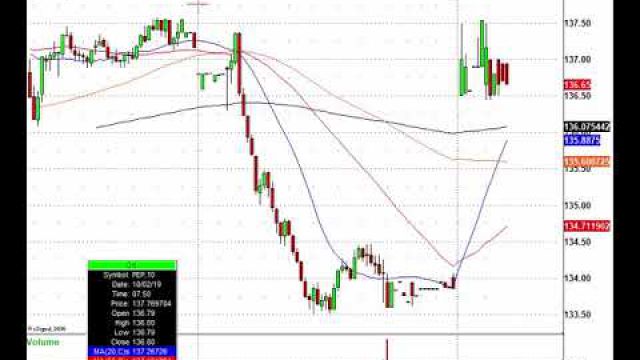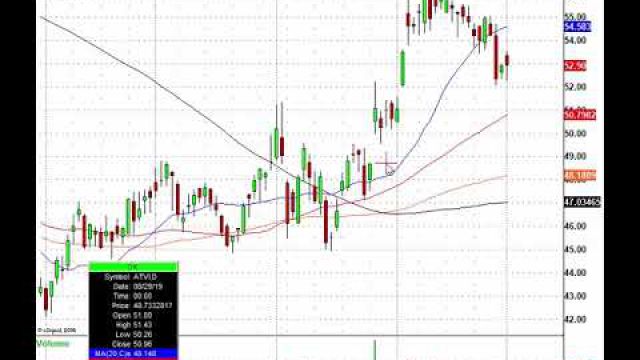Category: Uncategorized
- Published: 29 November -0001
News Release: New High Grade Gold And Base Metals Discovery At Nevsun's Bisha Property In Eritrea
Nevsun Resources Ltd. is pleased to announce assay results from a new high-grade gold and base metals discovery at the Company's 90% owned Bisha Property in Eritrea. The Company has recently completed an initial phase of exploration drilling totaling 804 meters in 6 holes. The high-grade assays include: 6.27% Cu, 1.18 g/t Au and 42.1 g/t Ag over 24.5 meters in Hole B-02-4, 32.49 g/t Au and 1,382 g/t Ag over 7.62 meters and 4.92% Cu, 0.81 g/t Au and 33.9 g/t Ag over 8.23 meters in Hole B-02-5. Note that, for technical reasons, Hole B-02-4 was abandoned in massive sulphides at 101.2 meters with the last sample assaying 3.07% Cu. A line of 4 drill holes (B-02-1 to B-02-4) were laid out from west to east to intersect what is interpreted to be 4 EM conductors. The aim was to intersect the conductive source below the oxidized horizon that was estimated to be 50 meters deep. Hole B-02-1 did not intersect any significant sulphides and is believed to have been drilled down dip. It is now interpreted that Hole# B-02-2 was stopped short of its intended target, nevertheless, it did intersect a mineralized felsic tuff from 30.00 to 46.00 meters followed by a breccia zone from 46.0 to 66.0 meters.
Hole # From To Interval(m) Au g/t Ag g/t Cu % Pb % Zn %B-02-2 30.00 46.00 16.00 0.02 0.20 0.46 0.01 0.02B-02-2 46.00 66.00 20.00 0.03 0.60 1.31 0.55 0.02
Hole# B-02-3 intersected a mixture of gossanous material and felsic tuff from 4.35 to 28.96 meters. This was followed by a sequence of volcanic and sedimentary units to 134.95 meters where a massive sulphide unit was intersected from 134.95 to 166.0 meters.
Hole # From To Interval(m) Au g/t Ag g/t Cu % Pb % Zn %B-02-3 4.35 28.96 24.61 4.98B-02-3 134.95 166.00 31.05 1.12 29.3 1.12 0.04 2.26incl 134.95 155.00 20.05 1.46 40.4 1.52 0.06 3.09
Hole B-02-4 intersected the same horizon as that encountered in hole B-02-3 but at a shallower depth. The hole intersected gossanous material from 48.77 to 56.39 meters. This was followed by a massive sulphide unit from 56.39 to 101.20 meters. Unfortunately, for technical reasons, the hole was abandoned in massive sulphides at 101.2 meters with the last sample assaying 0.95 g/t Au, 29 g/t Ag, 3.07% Cu, 0.02% Pb and 0.06% Zn over 1.2 meters. It should be noted that chalcopyrite was not encountered in this hole. A significant amount of a grey to black mineral believed to be chalcocite was observed. It is interpreted that the elevated gold, silver and copper values are due to a zone of supergene enrichment.
Hole # From To Interval(m) Au g/t Ag g/t Cu % Pb % Zn %B-02-4 48.77 56.39 7.62 5.46 88.9B-02-4 56.39 77.00 20.61 0.40 7.00 0.50 0.01 0.01B-02-4 77.00 101.20 24.20 1.18 42.1 6.27 0.19 0.62
Hole B-02-5 was drilled 150 meters south of the initial line of drill holes. The target was another linear gossan zone. The hole intersected strongly oxidized tuffs and chert to 44.70 meters. This was followed by a massive sulphide horizon that extended to 57.0 meters. A chert was intersected from 57.0 to 67.75 meters. Again a significant amount of a grey to black mineral believed to be chalcopyrite was observed within the massive pyrite zone encountered in this hole. It should also be noted that the section from 41.15 to 48.77 meters assayed from 6.5% to )30% Pb. Final assays are pending. No fresh sulphides were noted.
Hole # From To Interval(m) Au g/t Ag g/t Cu % Pb % Zn %B-02-5 41.15 48.77 7.62 32.49 1382.0 Assay pendingB-02-5 48.77 57.00 8.23 0.81 33.9 4.92 0.16 0.02
Hole B-02-6 targeted an EM anomaly located 250 meters south of hole B-02-5. It did not intersect conductive material but ended in a 38.0 meter unit of gypsum. It is possible that the hole was stopped short of the intended target.
PRIOR WORK CONDUCTED BY NEVSUN
Initial exploration work on the property in 1998 and 1999 consisted of stream sediment sampling and geological mapping. A large gossan outcrop had previously been identified and subsequent work focused on determining the character and extent of this gossanous material. Geological mapping identified the region as being underlain by felsic and mafic volcanic rocks. The stream sediment sampling defined a significant area of anomalous copper, lead and zinc values.
Geophysical surveys in the form of frequency domain EM defined several significant anomalies related to the gossan outcrop. This horizon was traced for hundreds of meters to the south. Subsequent mapping indicated that the gossan outcrop had dimensions of at least 200m x 150m with a number of smaller gossanous outcrops being defined up to 850 meters to the south. Geophysical interpretations indicate that these are stratigraphically related. Another gossan zone has been discovered approximately 1.5 kilometers further to the northwest of the main gossan zone. This has yet to be tested. Other strong EM conductors not stratigraphically related to the main gossan horizon also remain to be tested.
Limited soil sampling defined a strong anomaly in copper, lead, zinc and silver over the gossan outcrop. A volcanogenic massive sulphide deposit is interpreted. Similar base metal deposits occur in Eritrea at Dubarwa and Adi Nefas, located near the capital city of Asmara.
Subsequent sampling of the gossanous material revealed gold values in 10 grab samples ranging from 0.39 to 30.4 g/t Au (averaging 2.68 g/t Au if the one high assay is reduced to the population average). The samples were taken over a strike length of 850 meters. Additional work in the form of detailed geological mapping, time domain EM and magnetometer surveys as well as soil geochemistry are planned to further define extensive sulphide horizons that past work has delineated over thousands of meters. An extensive drill program is planned to commence in April once the above work has been completed.
GENERAL:
The Bisha Property covers 49 square kilometers and is located approximately 150 kilometers west of the capital of Asmara. Eritrea is a small country located in northeast Africa that is bordered by Sudan, Ethiopia and Djibouti. It has excellent port facilities on the Red Sea. The Bisha property is easily accessed by vehicle on paved and good all weather roads. It is a 3.5 hour drive to the capital city of Asmara.
Robin Chisholm, P. Geol. (Alberta), independent Consultant Geologist, of Taiga Consultants Limited, a qualified person under National Instrument 43-101, supervised and directed all work associated with the drilling program.
Nevsun implemented a QA/QC program, consisting of certified standards, for the drill program. The analytical methods used for gold and silver are fire assay with atomic absorption or gravimetric finish. Induced Coupled Plasma (ICP) is used for silver trace level values. The analytical methods used for the base metals are aqua-regia digestion and atomic absorption finish or ICP for trace level values. Sample preparation and analysis were conducted at ALS Chemex of Vancouver, Canada.
Nevsun Resources continues to maintain its focus on the development and exploration of its Tabakoto/Segala gold projects covering 83 square kilometres in the Kenieba district of western Mali. The combined projects represent one of West Africa's largest undeveloped gold camps. The Company is negotiating debt financing for these projects and, subject to financing, plans to be in production in 2004. Management believes that the new high-grade discovery at the Bisha property in Eritrea complements Nevsun's advanced Tabakoto and Segala Projects in Mali, West Africa as they provide for regional project and corporate growth.
NEVSUN RESOURCES LTD.
Dr. John A. Clarke, President & Chief Executive Officer
CONTACT: TEL: (604) 623-4700 Nevsun Resources Ltd, Don Halliday
TEL: (888) 600-2200 Manager, Investor Relations
EMAIL: This email address is being protected from spambots. You need JavaScript enabled to view it.
INTERNET: www.nevsun.com
WEBSITE This email address is being protected from spambots. You need JavaScript enabled to view it.


















